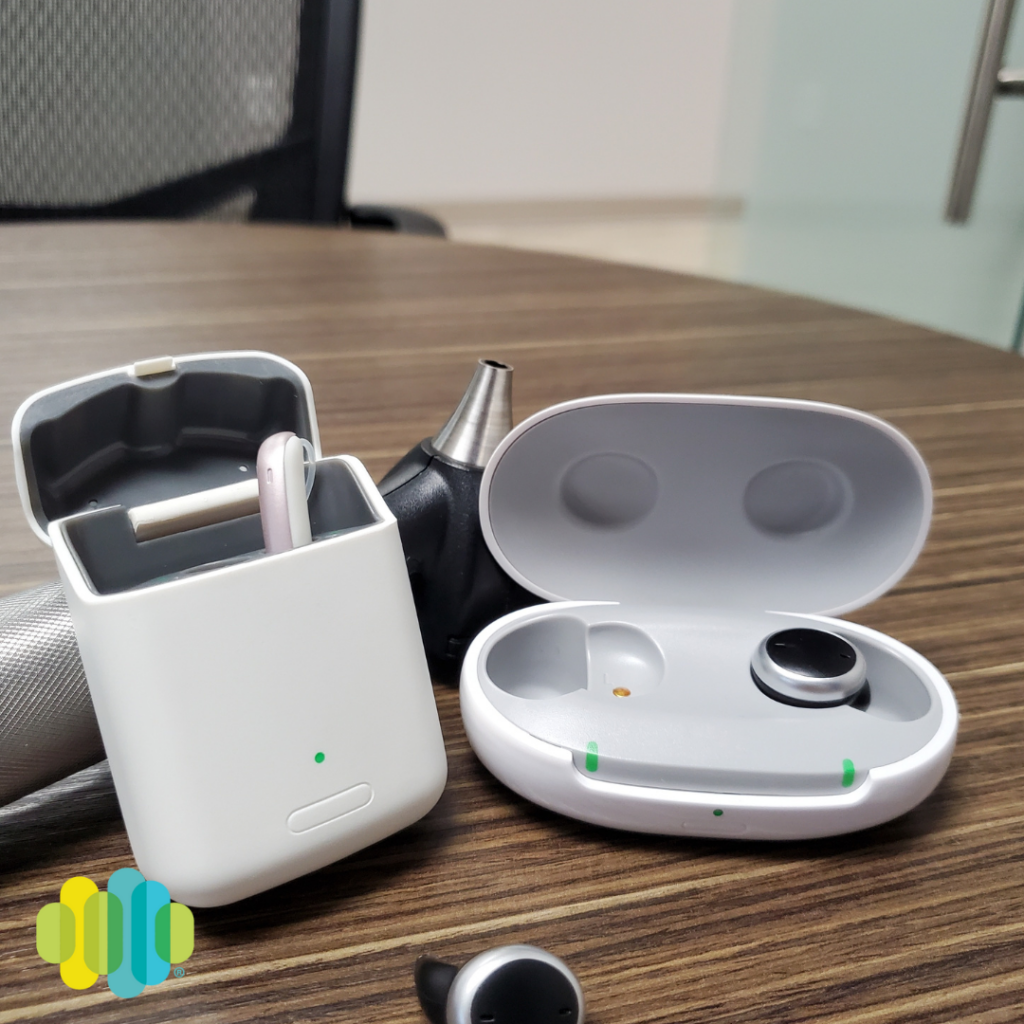Ears look like 3s for a reason
Think of your ears like the wardrobe to Narnia – there’s an entrance, a middle, and an exit that bridges the real world to the intangible. The rule of threes is prevalent throughout learning how our ears operate and how hearing loss happens.

For reference, the ear has three sections (the inner, middle and outer), and there are three basic types of hearing loss. Each type of affliction is categorized by which section(s) of the ear they compromise, and while we’re not saying this is the reason why ears look like threes – we are saying there appears to be some mystical synergy at play.
Conductive (or lack there-of) Hearing Loss: CHL
When Conductive Hearing Loss occurs, sound isn’t transferring through the outer and middle portions of the ear. Because the issue surrounds the struggle or inability to get sound to the centre of the ear, this can make loud noises soft and soft noises silent.
Treatment
This kind of hearing loss can originate from many possible complications like fluid in your middle ear from colds or allergies, infection, physical blockages, poor connection in the Eustachian tube (from your ear to nose), trauma to the eardrum or issues in the formation of the ear. In these cases, time, medication or surgery can rectify the problem – but it’s always best to let a professional determine the proper course of action. If medical intervention is required, it tends to stick to antibiotics and anti-fungal medications (if caused by infection), surgery (if the ear was structurally compromised), or hearing aids/bone-anchored hearing systems when all else fails.
Sensorineural (think transmural) Hearing Loss: SNHL
Sensorineural Hearing Loss starts at the root, fully affecting the inner ear and taking it out of the hearing equation. Because the disruption is concentrated at the deepest point, even loud sounds can be unclear or dampened, with soft sounds not registering.
Treatment
The list of causes for this type of hearing loss is less extensive, consisting of illnesses, drugs that are toxic to hearing, aging, head trauma, inner-ear formation issues, or exposure to loud noises. However, unfortunately, treatment is subsequently less extensive as well since SNHL is the most common form of permanent hearing loss.
Most treatment options gear towards living with this condition, including medical therapy through corticosteroids or diuretics to reduce cochlear hair cell swelling, a low-sodium diet, hearing aids, or surgery to either correct any deformities or to implant a hearing device.
(Re)Mixed Hearing Loss: MHL
Turning your hearing health into a DJ booth, Mixed Hearing Loss compromises the inner ear and can affect either the middle or the outer ear. MHL happens when SNHL and CHL coincide, officially creating the least enjoyable mash-up for our ears (sorry, Glee).
Treatment
Teaming up on the causes and treatment field, any combination of explanations for either kind of hearing loss (CHL or SNHL) can bring on MHL. For example, if you are a musician and get an ear infection, each factor can enhance the other and bring on hearing loss at the moment of intersection. In these cases, treatment will require a combinatory approach, usually involving surgery to correct the physical imperfections and hearing aids to treat the rest.
Keep your ears for years
Ears are needy – they need the whole shebang to function, or there will be no bang, and there will be no function. Because this organ fairs on the sensitive side, professional and timely treatment is the one true directive in all cases of hearing loss. That being said, it’s essential to understand the origins and complexities of our bodily changes to best work with professionals while feeling secure in the treatment they provide. AHIP is here to help you navigate hearing health because when we keep our ears to the ground – our auditory functions will go the distance.
AHIP is not and shall not be liable for any of the views expressed by the authors or advertisers on the Signal Blogs. The authors’ opinions and the advertisers’ content do not necessarily reflect AHIP’s views.



